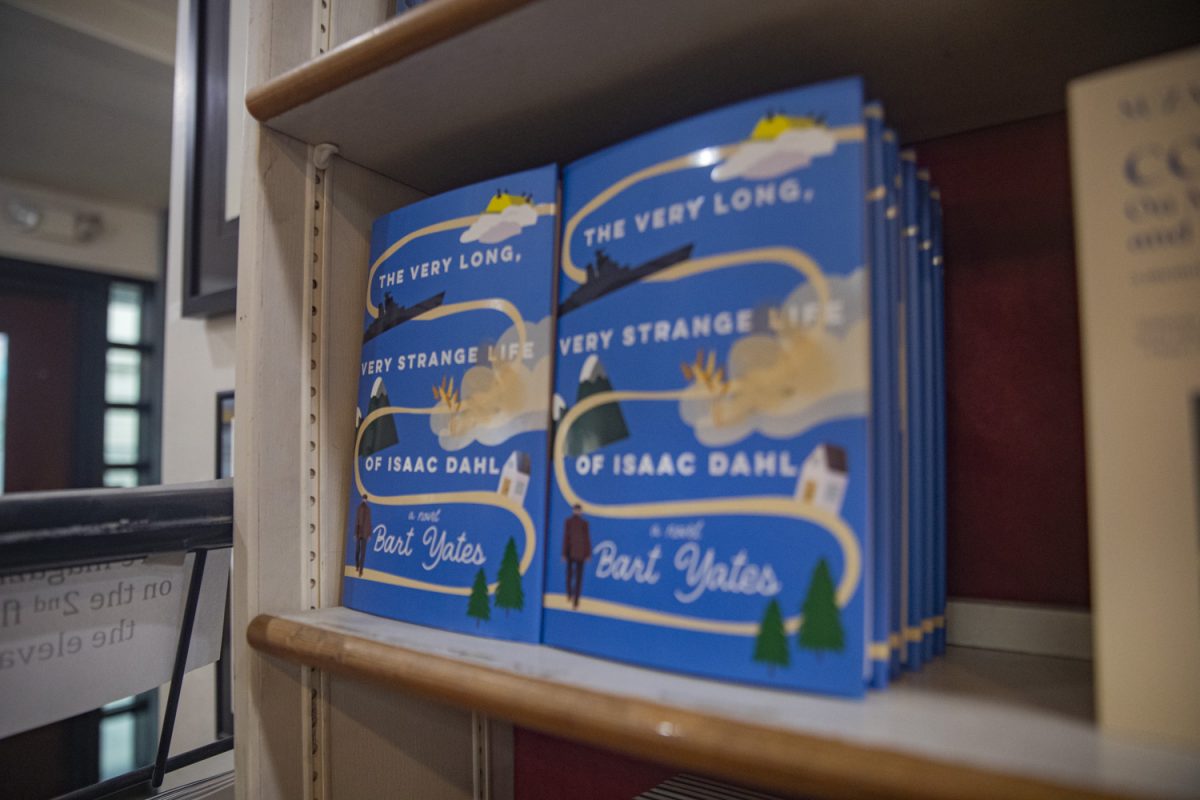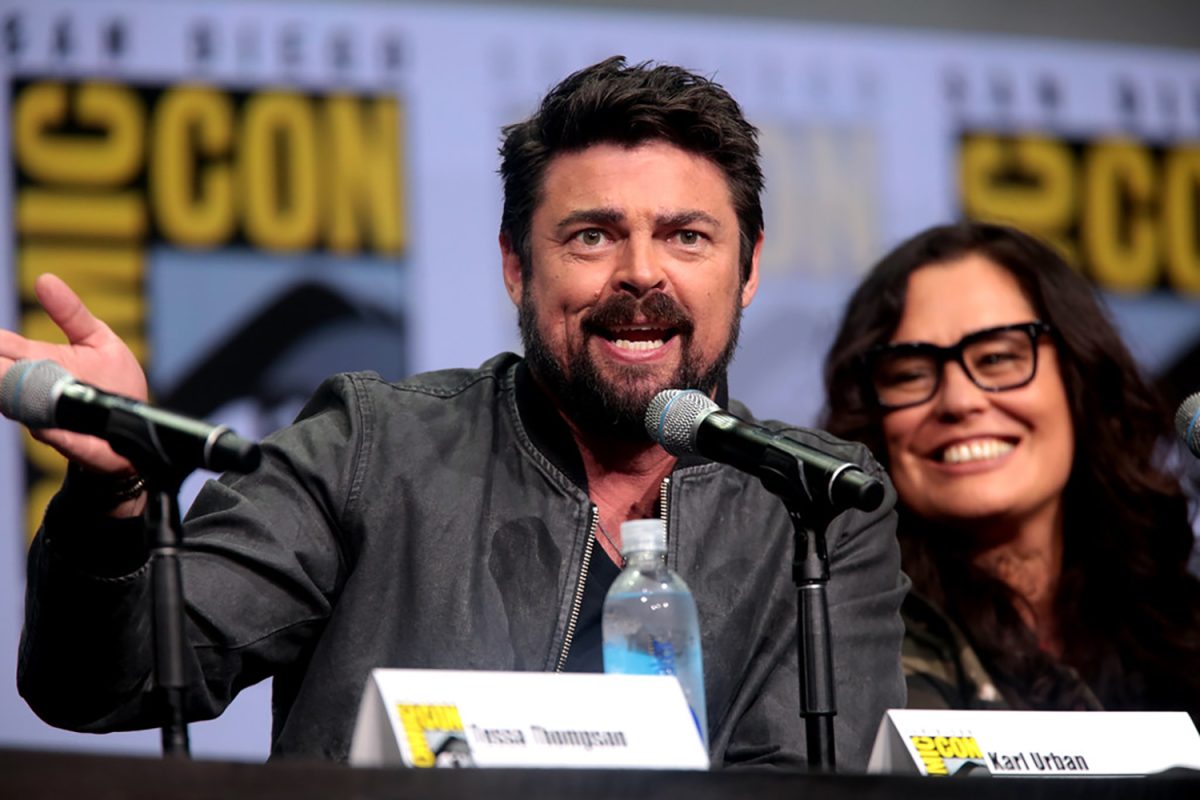After receiving his B.F.A. from the University of Iowa in 1975, Charles Ray went on to have a prolific career, arguably one of the greatest sculptors of his time. He’s back in Iowa City today, giving the Bette Spriesterbach Distinguished Lecture at 7 p.m. in the Medical Education & Research Facility.
Ray was recently the subject of mid-career retrospectives at the Art Institute of Chicago and the Kunstmuseum Basel, and he is now taking his time to recoup from what he calls the “post-retrospective blues” by continuing work on various half-finished projects, spending upwards of three hours per day outside, and lecturing.
“I had come to the University of Iowa via military school, and was a little bit awkward, and didn’t have so many social graces and had quite a bit of difficulty — learning difficulties — expressing myself intellectually,” Ray said.
“I really became a sculptor at Iowa. My work in sculpture really gave me a kind of formal language to express myself; it formed me. It changed me and set me on a path,” he said. “It was also the first place where, intellectually, anybody took me seriously.”
He’s certainly no joke today. After graduation, Ray went to on to receive an M.F.A. from Rutgers University and has since exhibited work at nearly every major museum and event in the contemporary art world, including the Venice and Whitney Biennials.
Ray is considered by many one of the great neoclassical artists of our time, but Ray rejects that notion.
“Some things aren’t what they seem,” he said. “I don’t consider myself a neoclassicist in any way, shape, or form.”
Rather, Ray said his work is better situated in the lineage of high modernist art, although he admits most art critics would disagree with him.
Ray’s diverse oeuvre includes sculptures rendered in a variety of materials. His critical eye doesn’t discriminate when choosing a subject, instead open to whatever strikes him.
“I learned while at Iowa the difference between making something and discovering something,” he said.
Creating a sculpture — such as the iconic *Young Man* — is a long and complex process. It took 10 years to make and was touched by many hands.
“It began as photo, which has a dimensional distortion,” Ray said. “We also used drawings, which have an emotional distortion, then we used body molds, which have a gravitational distortion. We also used scanners, full body-scanners, which, because they can’t take a scan instantaneously, have temporal distortion.”
“I’m almost like a conductor in a symphony; there are many musicians but one composer, and I’m orchestrating and arranging many different hands to use,” he said.
The final form of *Young Man* is in stainless steel, which brings to light an interesting philosophical debate.
“Ultimately, it is machined from a large block, with big industrial drilling machines,” Ray said. “Which means that the final hand that touches the sculpture is that of a robot.”
Ray notes this process is hardly apparent when you stand face to face with *Young Man*, but he views that as a key aspect of his work.
“My wife asked me ‘Do you think these relationships are too subtle for anyone to notice?’” Ray said. “Of course the answer is yes, but the meaning is in the subtleties. I like to make things that are almost fractal, where you can’t stop looking, and the longer you look at [the sculpture], the more subtleties emerge as your mental eye adjusts.”
Although he has a series of lectures scheduled for the coming months and a number of uncompleted projects to return to, Ray is planning his next installation. He would like to create an exhibition in the plaza of the Pompidou museum in Paris that would address some of today’s most pressing sociopolitical issues.
“With all the trouble here and in Europe with terrorism and the anti-immigration sentiments I’ve been trying to get my head around what to do in the plaza [of the Pompidou],” Ray said. “I would love to make a large work, almost like a reverse statue of liberty for the French, something that comes from this country to them, that addresses some of these horrible events.”
For now, however, Ray is focused on his upcoming lecture and a return to his old stomping ground, though the weather will certainly prove somewhat of a shock to the LA native.
“I’ll make sure to bring some long underwear,” he said.







